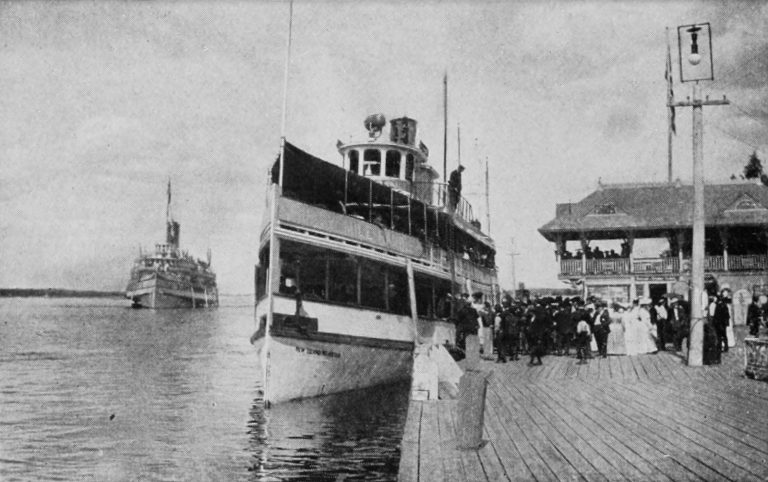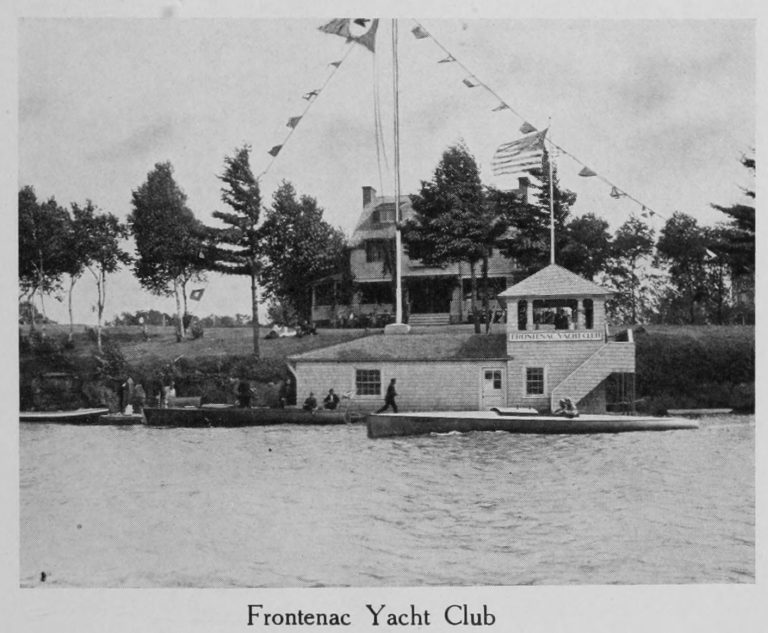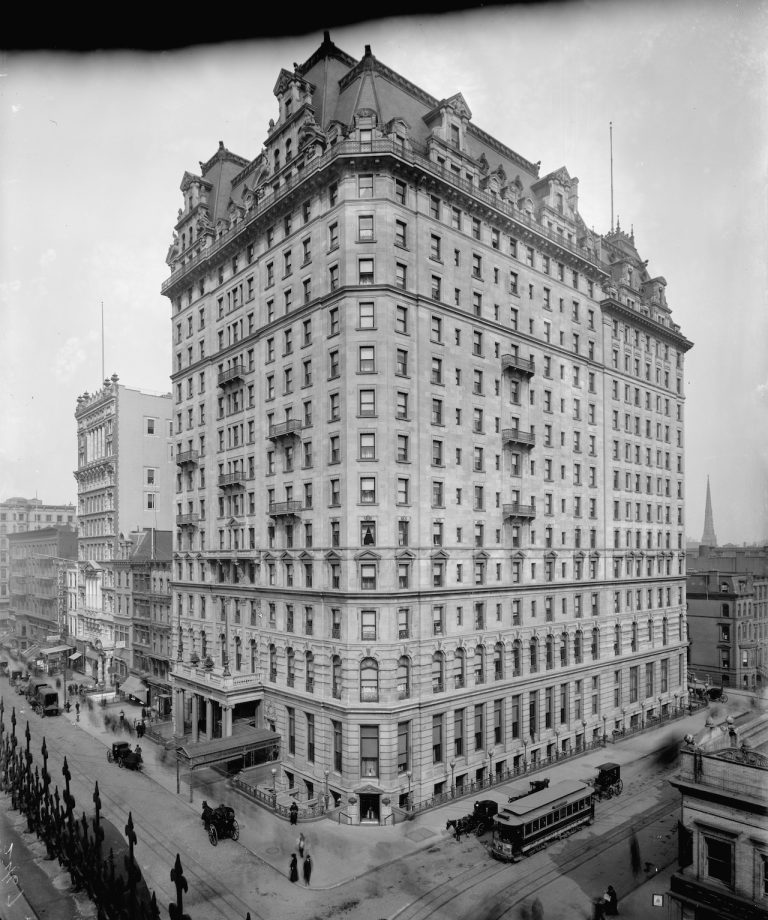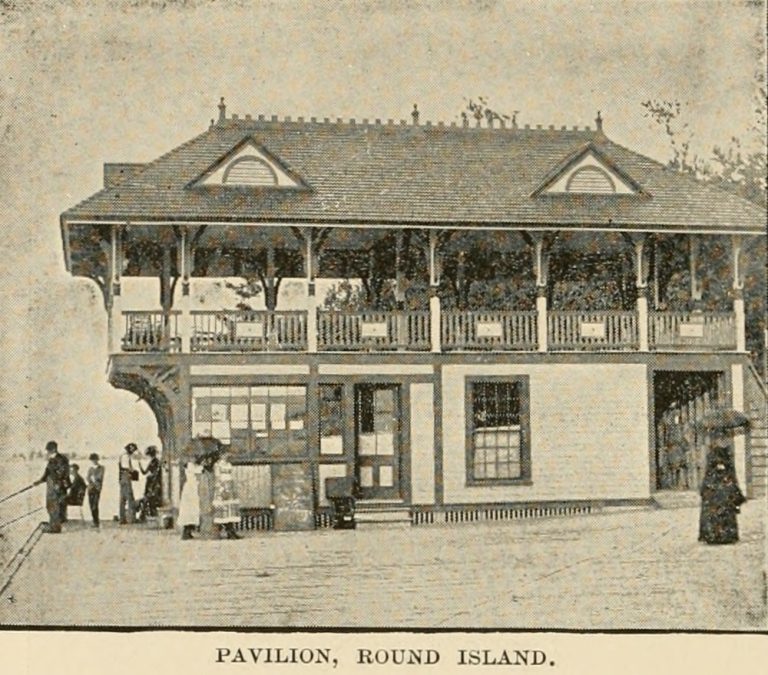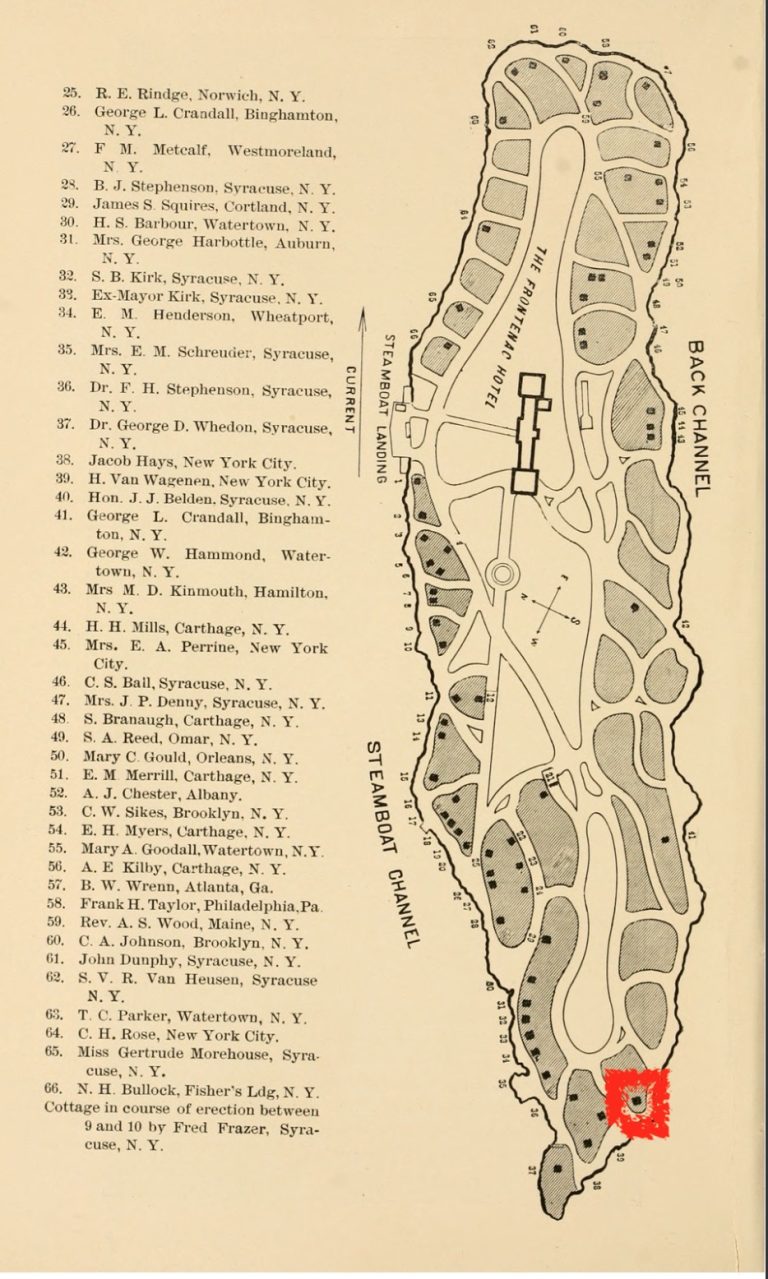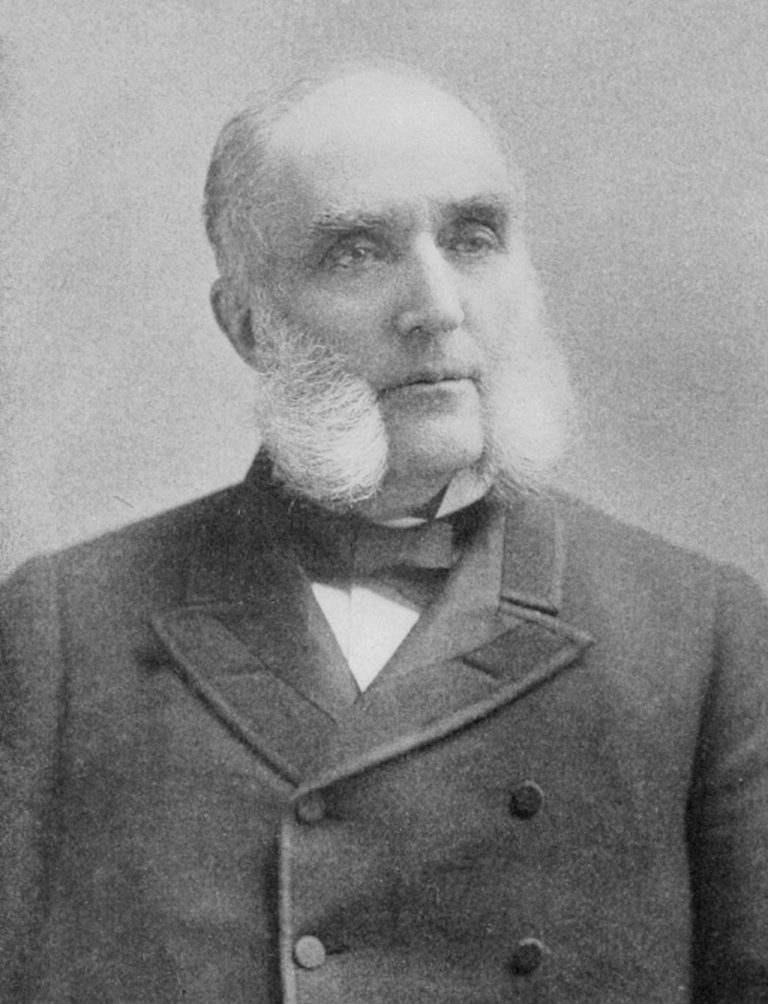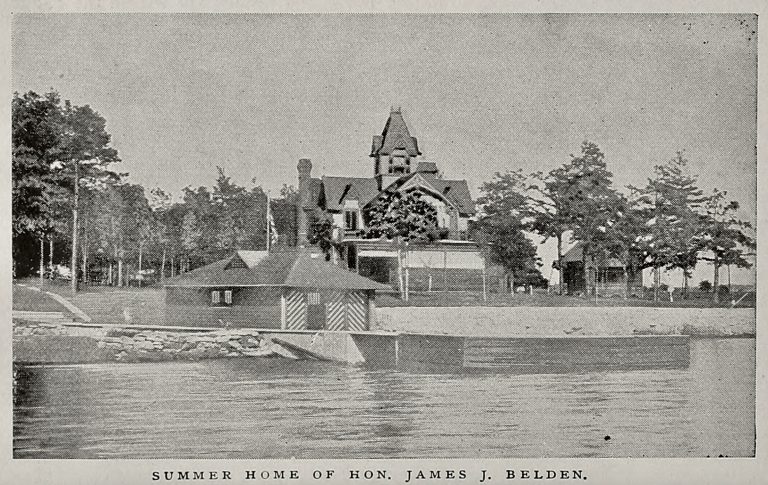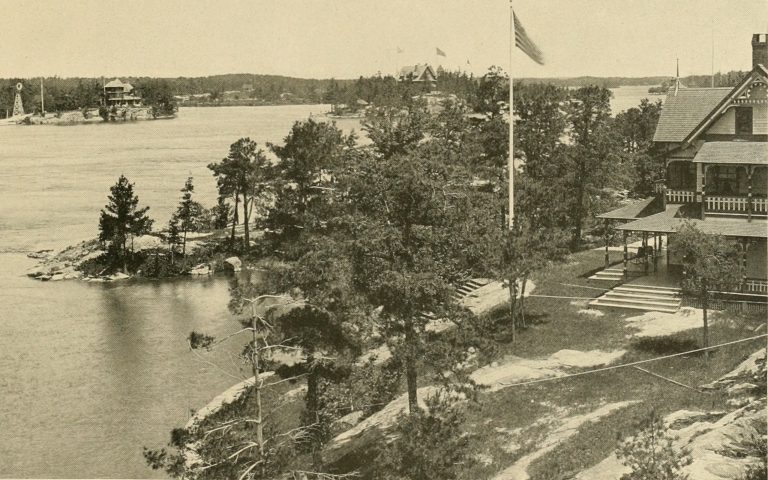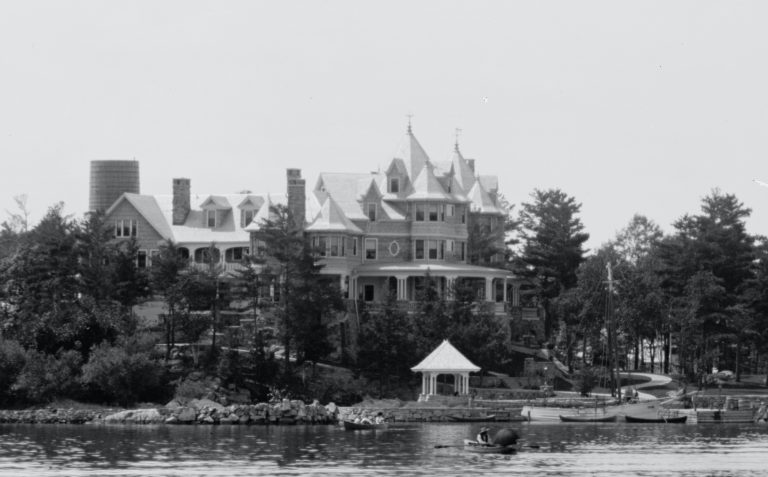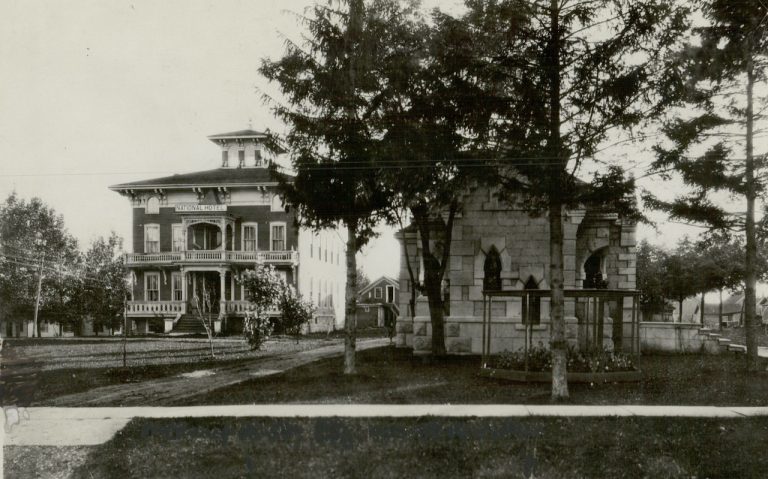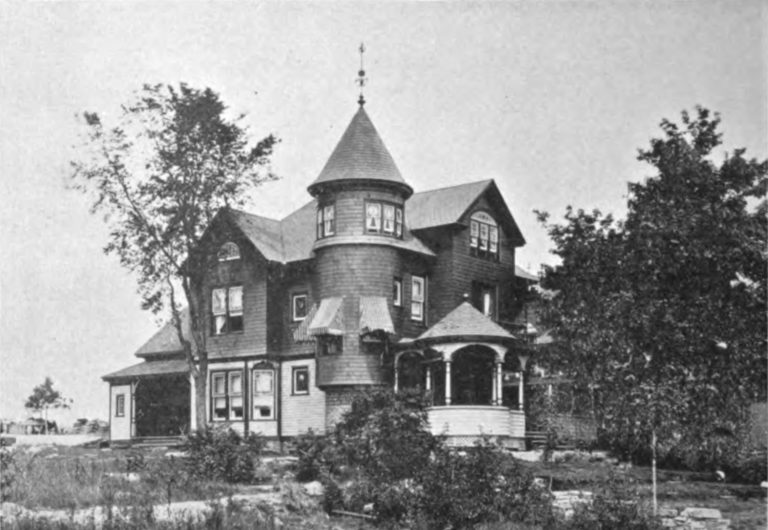Round Island Park Becomes Home To Baptist Cottage Community, Hon. James J. Belden Cottage
Aside from the Frontenac Hotel, Round Island was, and remains, home to many summer cottages. The Hon. James J. Belden, twice the Mayor of Syracuse and Congressman, had one of several dozen summer homes on Round Island near the turn of the 20th century after Round Island Park formed in the late 1870s. Like many of the associations in the Thousand Islands during this period, e.g., Thousand Island Park, Central Park, Murray Isle Park, Prospect/Manatauk Park Association, and Westminster Park, among others, Round Island Park had ambitious intentions of creating a large community.

Unfortunately, like many of these other parks, finding individual information on particular homes is a challenge. Regarding James J. Belden, little information could be found concerning the construction of his cottage, how many rooms, etc., which is surprising considering his stature. Nevertheless, he lived quite a prodigious life, having served three terms in Congress after being elected to fill the void left behind when Frank Hiscock resigned. Considered amongst the shrewdest of Republicans, he was chairman of the Republican National Congressional Committee in 1890.
Born on a farm in Fabius, Onondaga County, just south of Syracuse in 1825, James J. Belden landed a job as a clerk in a Jefferson County store before moving to Syracuse, where he pursued a number of mercantile pursuits. He then became a contractor and worked on the state canal system, doing much business. Eventually, he became involved in the railroad and built the first “street railroad” in Detroit before delving into steam railroad construction throughout the country.
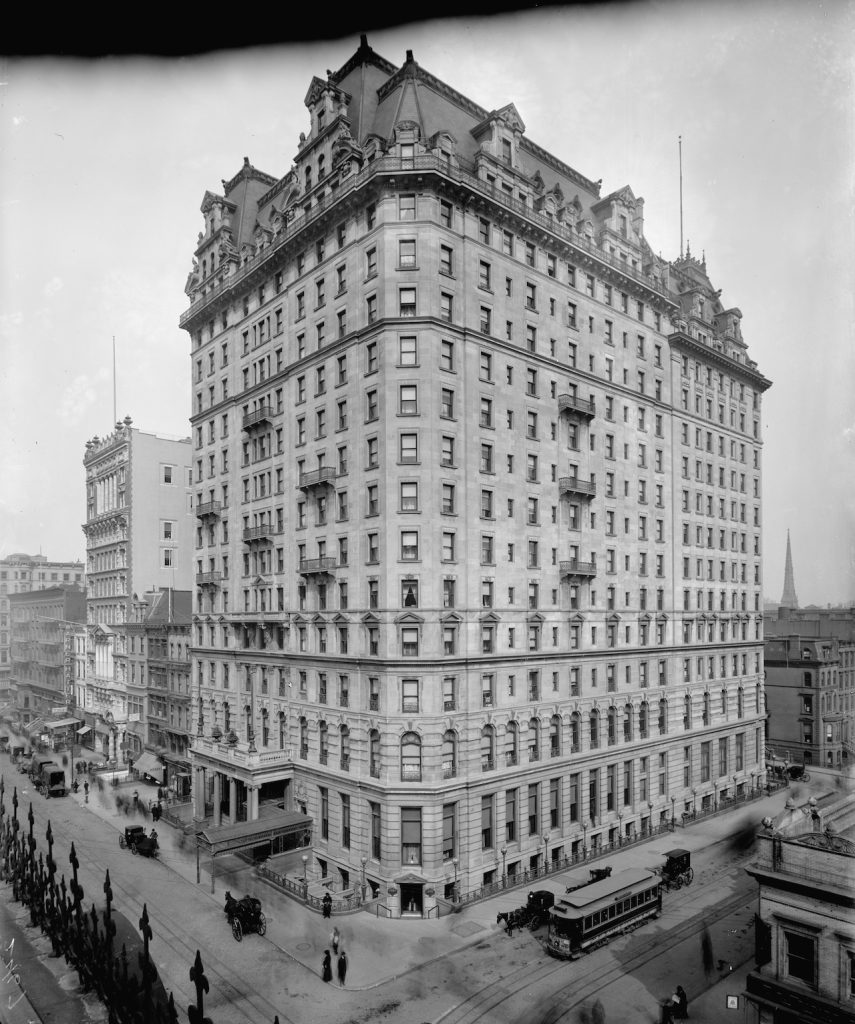
As with many individuals who profited from the railroad industry in that era, James J. Belden set his sights on banking. After founding the Robert Gere bank in Syracuse, he became one of the city’s leading bankers. His interests didn’t end there, either, as he went on to own the Hotel Windsor in Syracuse and, until his death, Hotel Manhattan, a railroad hotel considered the tallest hotel in the world.
Around the time Hotel Manhattan was being constructed in the mid-1890s, James J. Belden also became involved in “newspaper wars” in Syracuse, having been president of the company that started the Syracuse Post in 1894. According to his obituary in the Evening World, “he started a couple of newspapers to fight his battles and was called “Boss” Belden. He buried Senator Hiscock politically and also Francis Hendricks.” In 1899, while serving his last few months as a politician, the Syracuse Post merged with the Daily Standard to become the Post-Standard.
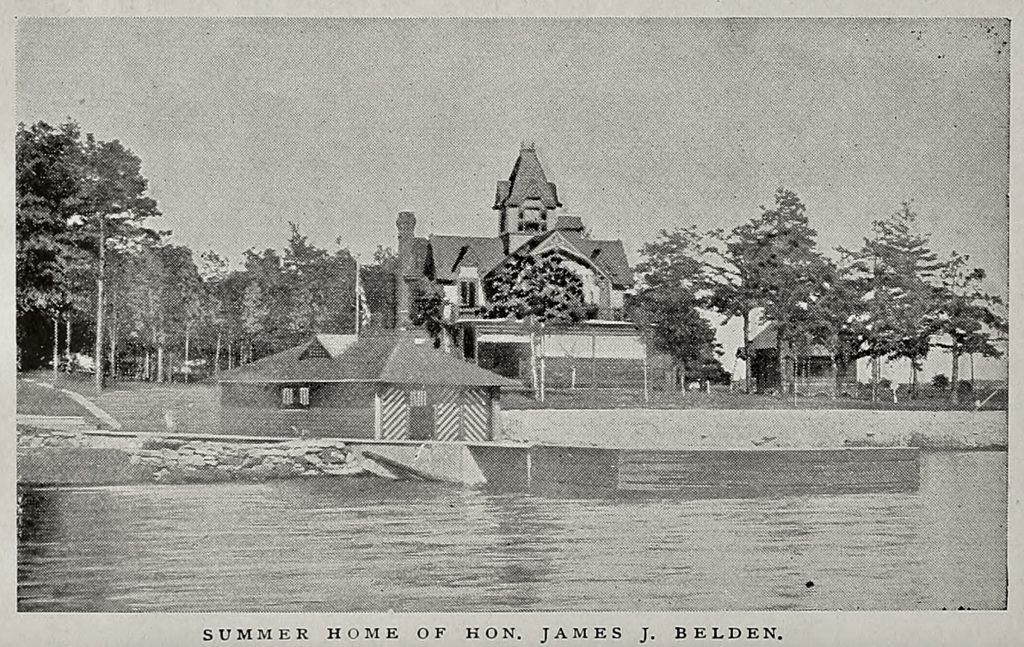
James J. Belden was relatively healthy most of his life but was confined to his bed the last week of his life, having passed away on January 1, 1904, due to uremic poisoning. At the time, his wealth was estimated to be in excess of $10,000,000 ($330,000,000 in 2023 currency value) and put him as the richest man in Syracuse (around 1890, he held the distinction of being the richest man in Congress.)
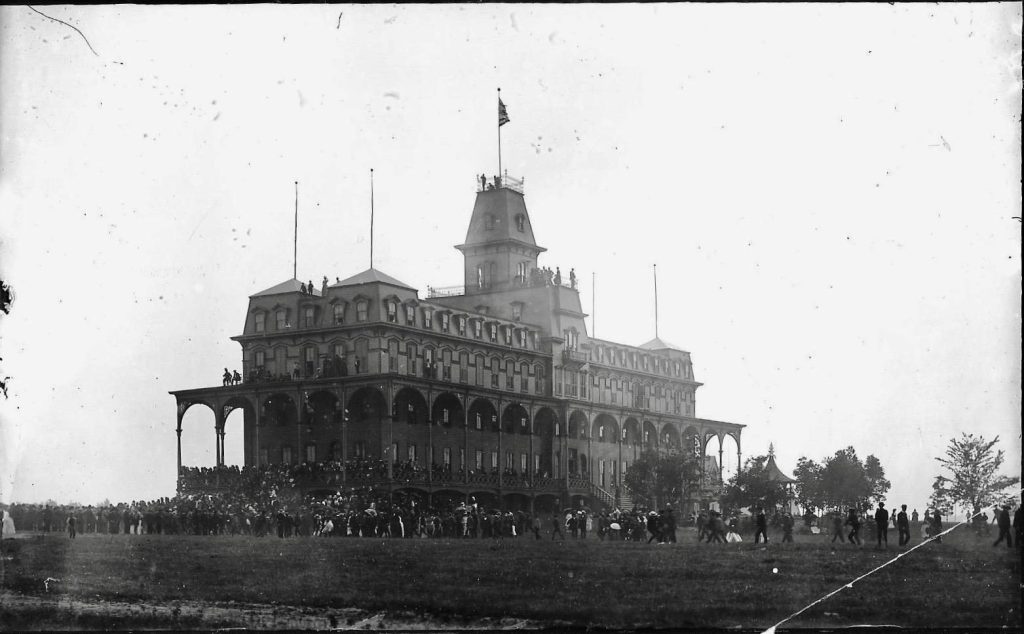
Round Island Park
Through his railroad work, James J. Belden had a direct connection to Northern New York as a Director of the Postdam & Montreal Railroad, which formed articles in 1881 and was to connect to the Rome, Watertown, and Ogdensburg Railroad but apparently never materialized as no other information could be found. Belden was later one of several Directors at the First National Bank of Clayton in 1887.
Between those dates, there are mentions of his attending the Round Island House. The Round Island Park opened in late 1879 with a sale of lots, the island having been purchased the year before by a group of Baptists seeking to start their own park. Their ambitious plan of subdividing the island into 400 lots wasn’t successful, 17 having been sold by 1880 and anywhere from 40 to 70 cottages having been on the island at any given time.
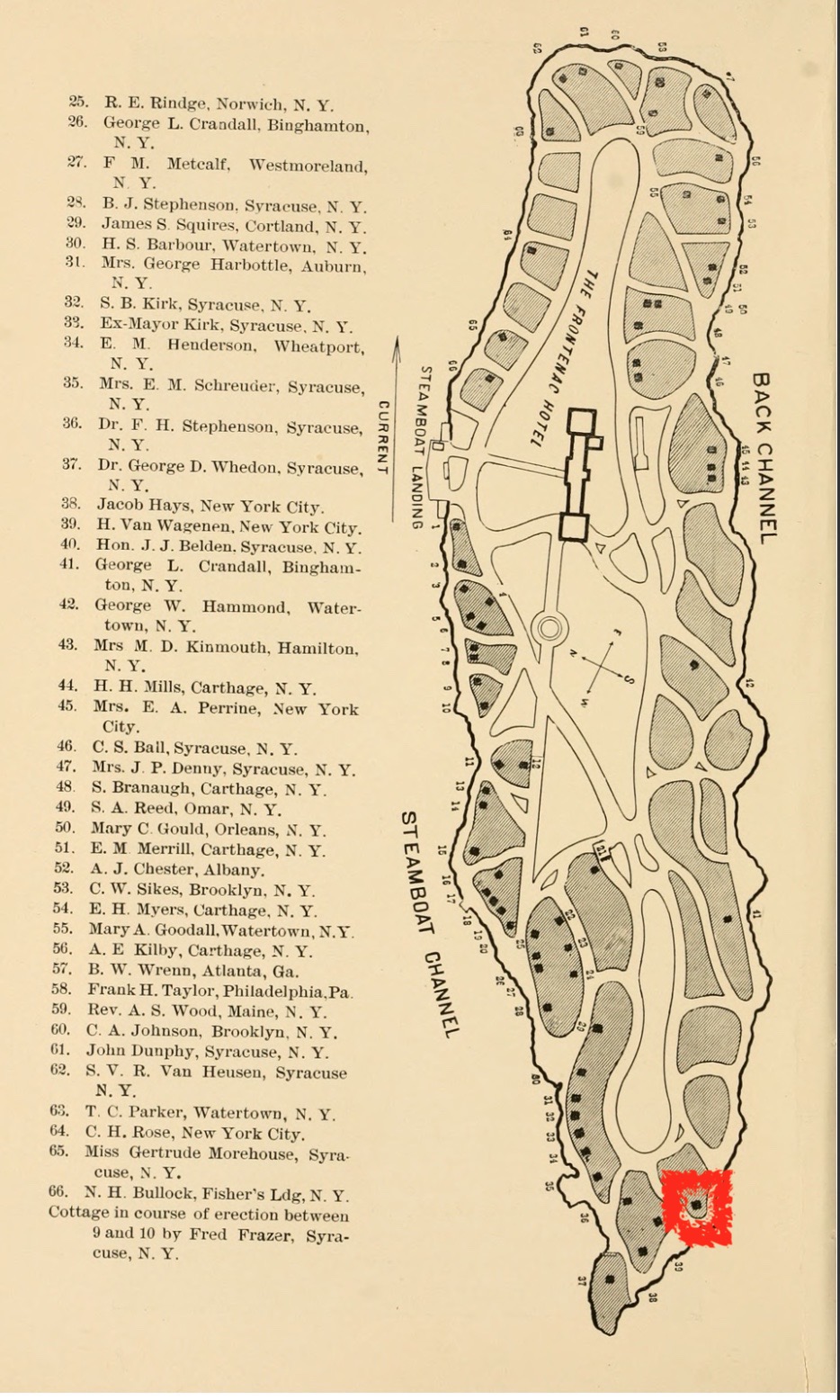
The Watertown Daily Times wrote of Round Island’s purchase in its August 26, 1879 edition–
Round Island was bought by persons in the interest of the Baptist society last week. The island contains about 150 acres and is located about one mile below Clayton. The surface is smooth and fine groves are scattered throughout the island. The water on all sides is deep and clear and the fishing in that vicinity is excellent. It is one of the most desirable spots for a park that could be found. The amount paid for Round Island is about $5,600.
The property, owned by D. C. Porter of Clayton and Dr. Wheedon of Syracuse, was modeled after many of the other summer colony parks in the Thousand Islands with the construction of a large hotel, the Round Island House, on the grounds. The hotel proved to be successful but was quickly outgrown and went through a couple of significant changes, more information via the link above.

It was in 1887, a year prior to the Round Island House becoming the Frontenac in its first major makeover, that James J. Belden purchased an existing cottage in Round Island Park, as reported in the July 16, 1887, Watertown Herald–
Round Island, July 15—Real estate transfers are numerous, and everything looks bright for the future of Round Island. Hon. James J. Belden, of Syracuse, has purchased the Burhans cottage on lot No. 1 for $3,000. He will make extensive improvements preparatory to occupying the cottage this season, and it is reported, not authoritatively, that he will purchase all the lots in this plot, nine in all, and move his present cottage back in order to build a new and costly one. If this is done he will have the finest situation on the island.

Belden, who along with his wife, often frequented the Round Island House, and the Watertown Daily Times had a small blurb of him winning the love of children when it reported “a bright little boy at the R. I. House supper table yesterday, made this complimentary remark concerning Hon. J. J. Belden, who had just given him a long (indecipherable) – ‘Next to J(indecipherable), I love Mr. Belden most.'” (My guess is Jesus.)
It was believed that Belden’s new cottage was amongst the most expensive yet to be built in 1887, utilizing granite from nearby Grindstone Island. In John A. Haddock‘s A Souvenir of the Thousand Islands of the St. Lawrence River, published in 1896, Haddock wrote–
Round Island is peopled with many worthy of notable mention. Across its head, facing the on-coming waters, stand four dwellings. First, the modest villa of Dr. Wheeden, the pioneer of the island-dwellers, followed by Messrs. Hayes, Van Wagonen, and James J. Belden, ex-mayor and congressman, who, applying well-earned wealth with sound judgement and artistic taste to their work of pleasure, have erected houses of comfort and delight, the very embodiment of the poet and the painter’s dream of loveliness.
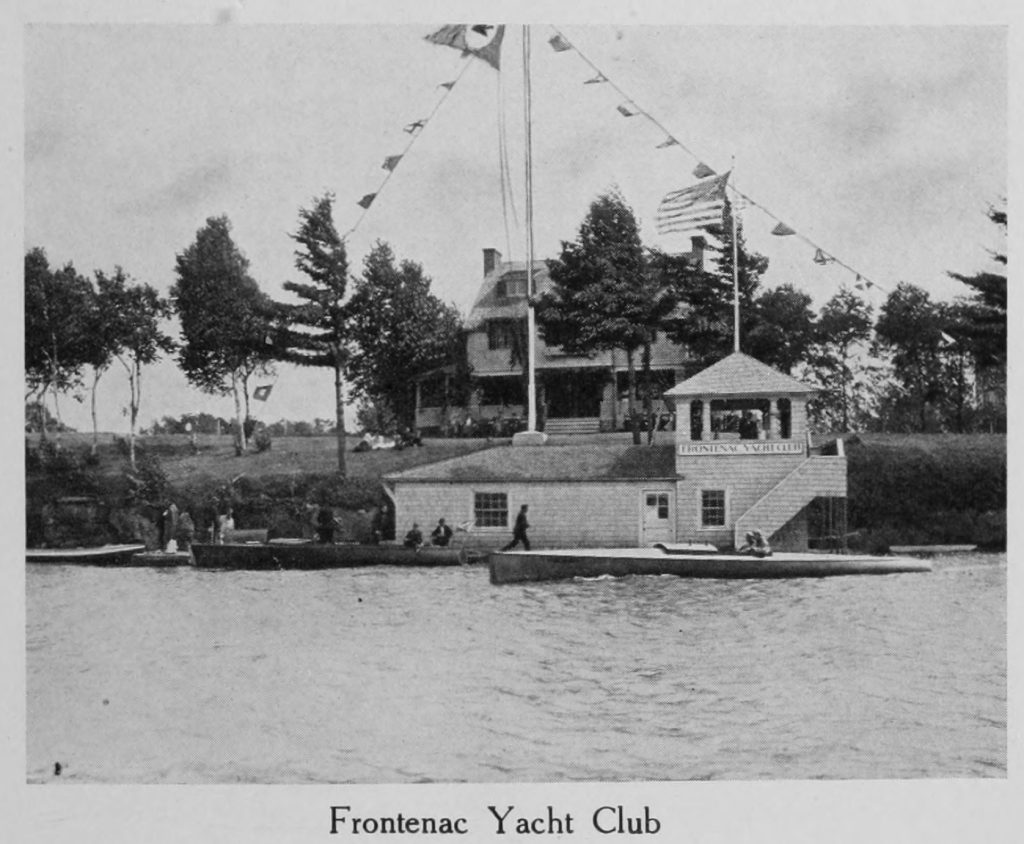
Another section of Haddock’s book goes on to state that six years prior to its publication (about 1890)–
…the charter of the association and its property were acquired by a number of wealthy cottagers and other residents there, and a large amount of money was expended in building wings to the hotel, remodeling its interior and in refurnishing and equipping the house throughout, and at present time it enjoys a reputation with the best class of the traveling public second to none upon the river.
Round Island is now entirely unsectarian. No cheap excursions are permitted to land there. The island, with its beautiful rambles, walks and vistas, is maintained for the pleasure of the hotel guests and the inmates of its seventy cottages.
It was not verified if James J. Belden were one of the wealthy associates, but very well may have been from the wording of the previous section; he was certainly wealthy enough!

